The ATLP was formed in 2015 by the Appalachian Trail Conservancy and the National Park Service to connect the wild, scenic, and cultural wonders of the A.T. and its surrounding landscape. Now in its tenth year, the Partnership has become a nationally recognized, celebrated, and replicated conservation model — remaining unified in its partner-driven mission to acquire and steward 20,000 acres of critical landscape annually.

“This is about the lands, the views, and the communities along the A.T. and how we can further the mission to protect the A.T. experience,” says Ed W. Clark, Superintendent, Appalachian National Scenic Trail – U.S. National Park Service (NPS). “The ATLP is here to ensure people of today have access, and that future generations get to have the same experience — regardless of what happens to the world outside of the corridor.”
The ATLP is convened and funded primarily by the ATC and the NPS, with support from private and public donors. It is led by a twenty-member steering committee and driven by a membership base of over one hundred aligned organizations including ATC-affiliated Trail maintaining clubs, government agencies, conservation networks, land trusts, and nonprofit conservation organizations. According to Allen, “Our members come together with a shared goal to accelerate the pace and scale of conservation along the A.T. landscape.”
“In a word it’s collaboration,” shares Clark. “The ATLP has brought in partners we otherwise wouldn’t be able to engage with whether they’re land conservancies, local governments, or state agencies. It’s brought a cross-section of people together who have similarly aligned mission goals.”
Eliza Townsend, Maine Conservation Policy Director of the Appalachian Mountain Club, emphasizes how valuable the Trail is to preserving biodiversity and providing climate refuge for plants and animals. “North America has lost over three billion birds since 1970,” Townsend says. “This landscape is critical to supporting their migration. The forest is free from light pollution and birds are able to rest and find food. If you enjoy watching birds in your backyard, land conservation applies to you.”
For Jeff Hunter, Southern Appalachian Director of the National Parks Conservation Association, his research on wildlife crossings in North Carolina and Tennessee is in perfect alignment with the ATLP. “Landscape acquisition and connectivity mitigates impacts to wildlife and protects the black bear, elk, white tail deer, red and gray fox, and bobcat populations,” he explains.

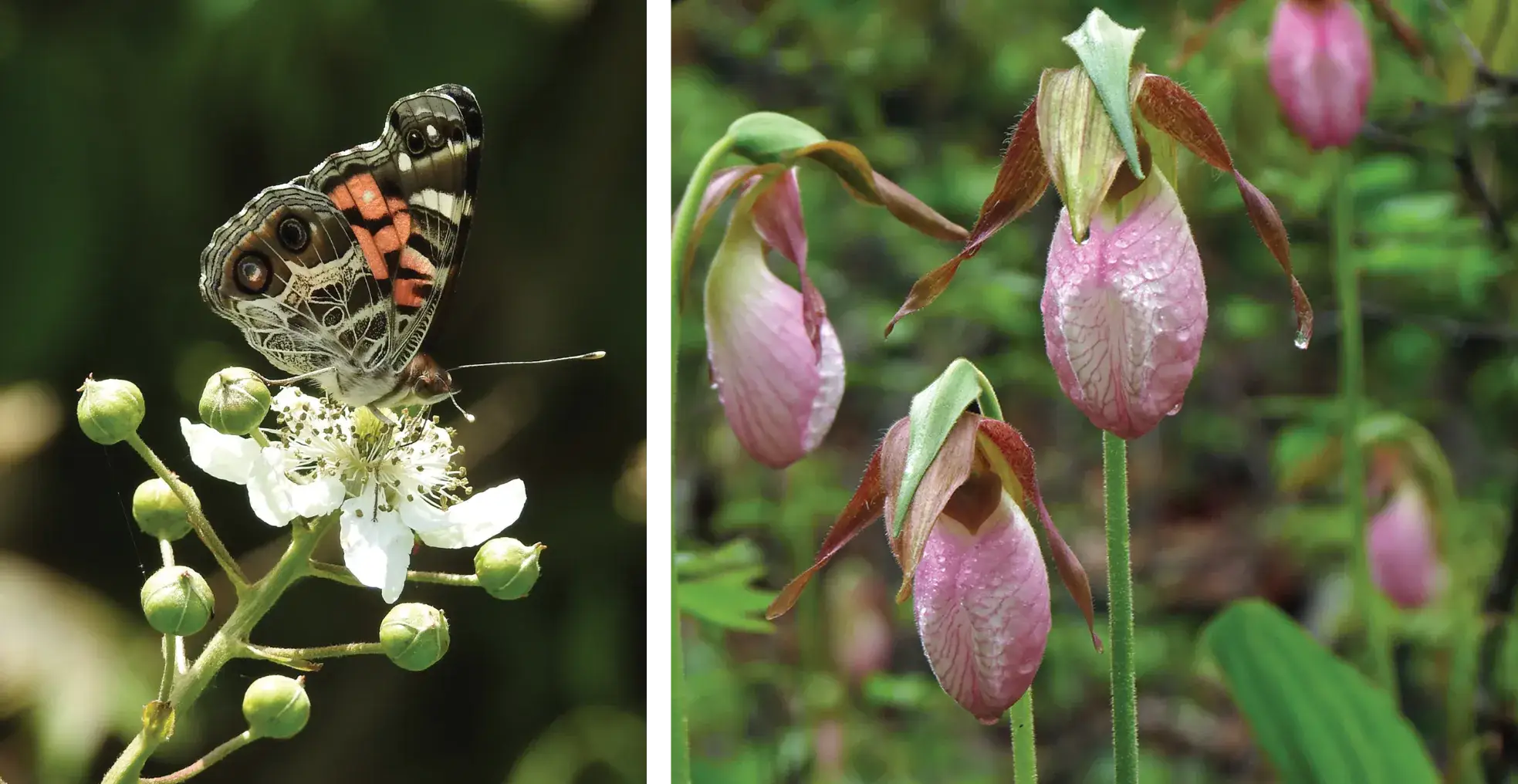
Pete McKinley, Ph.D., Senior Conservation Biologist with The Wilderness Society, agrees, “There’s a solidarity and a warmth in meeting, connecting, and building consensus with people doing the same work in different states.”
Allen emphasizes that the ATLP’s strength, success, and longevity is due to the dedication of its partners, “The ATLP’s leadership is focused on maintaining, supporting, and expanding the ATLP’s membership. To achieve this, we facilitate a number of in-person and virtual touchpoints with our partners throughout the year.”
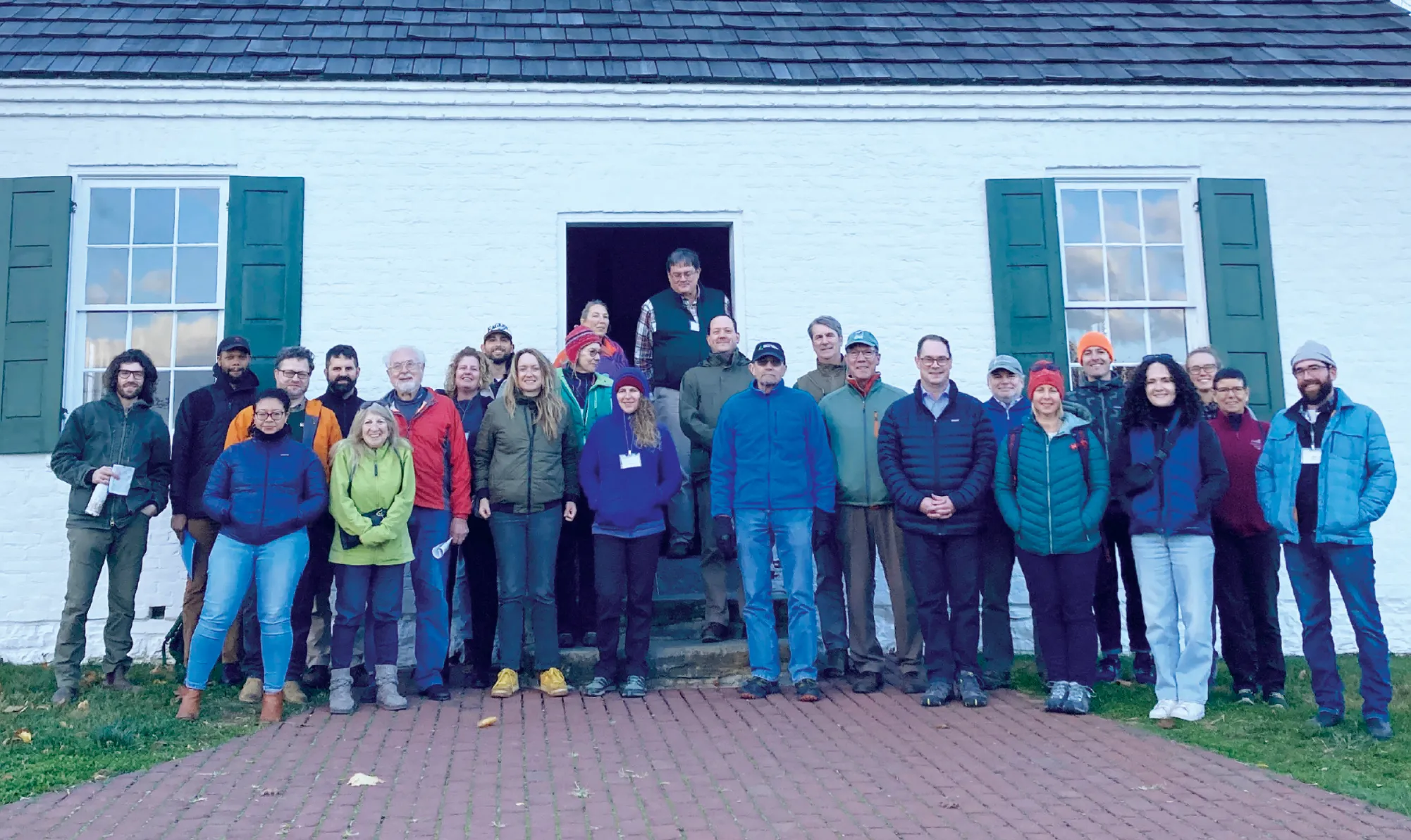
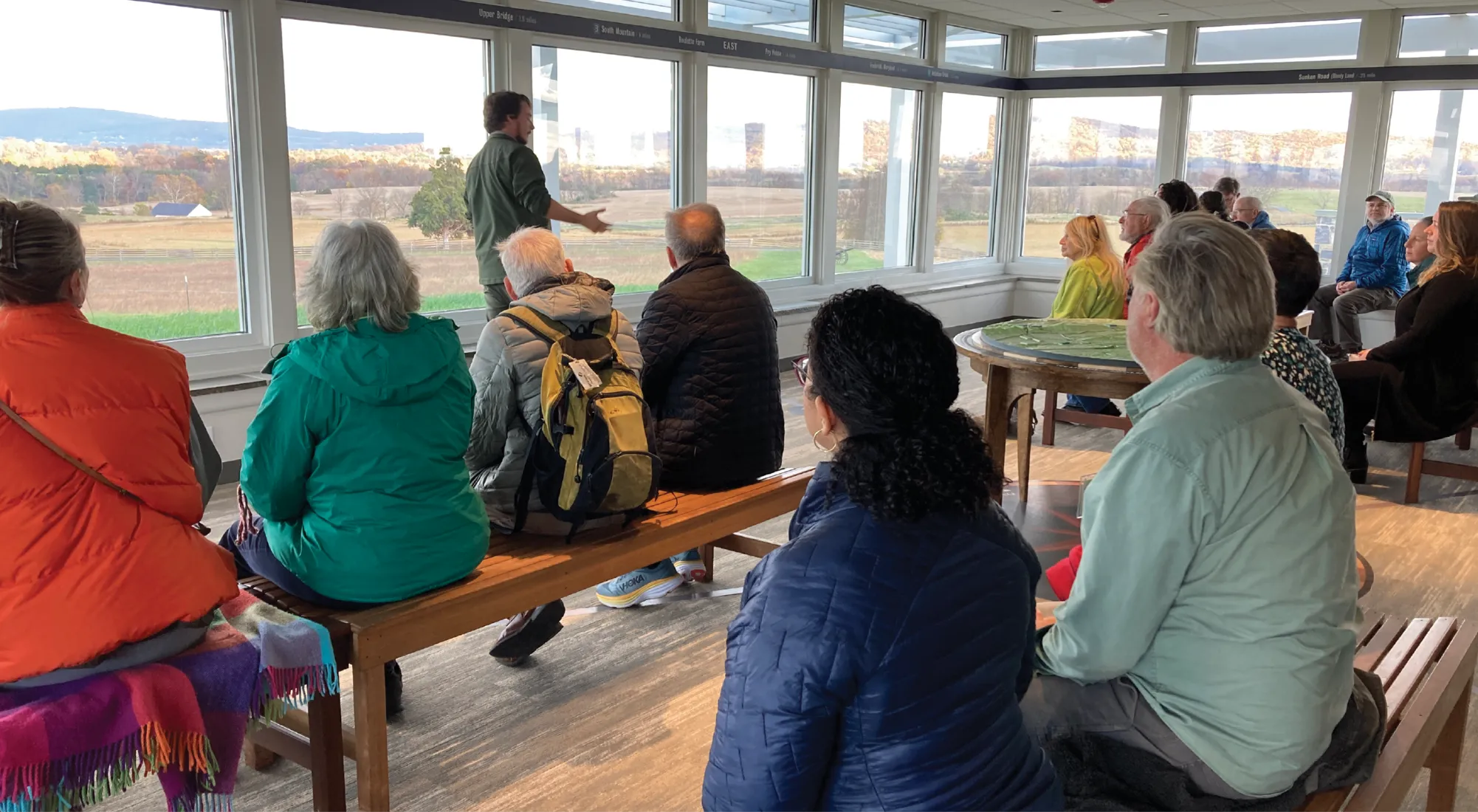
A key component of the 2025 – 2028 Strategic Plan is the development of a digital lookbook. Spearheaded by the ATLP’s Strategic Conservation Committee, the lookbook will serve as a collective portfolio of projects across the landscape that meet required conservation criteria and are ready for funding. It will allow the ATLP to track each project’s progress, serve as a clearinghouse for advocacy and education materials, and support outreach to public funders, government policy and decision-makers, and private foundations. “The lookbook will allow us to analyze, access, and advocate for the ATLP’s priority projects,” explains Allen. “For example, if we’re looking to acquire a water-based parcel, we’ll be able to go to a water-focused funder or to the legislator who represents the district where the project is located.”
The lookbook will also give the ATLP the ability to view the Trail’s fourteen-state corridor as a whole. “By identifying high- and low-capacity gaps, we’ll be able to potentially fill those gaps and use this data to build relationships with new partners and landowners on the ground level,” says Allen. “We’ll be looking at pinch points to conservation needs such as creating a resiliency pathway for climate refuge, supporting biodiversity flow, or protecting scenic views.”
“It’s an honor, a truly big deal, to be mentioned in the publication that provides guidance on how to do this work successfully,” says Allen. “It underscores how much work our partners are doing, and how well and quickly they are doing it.”
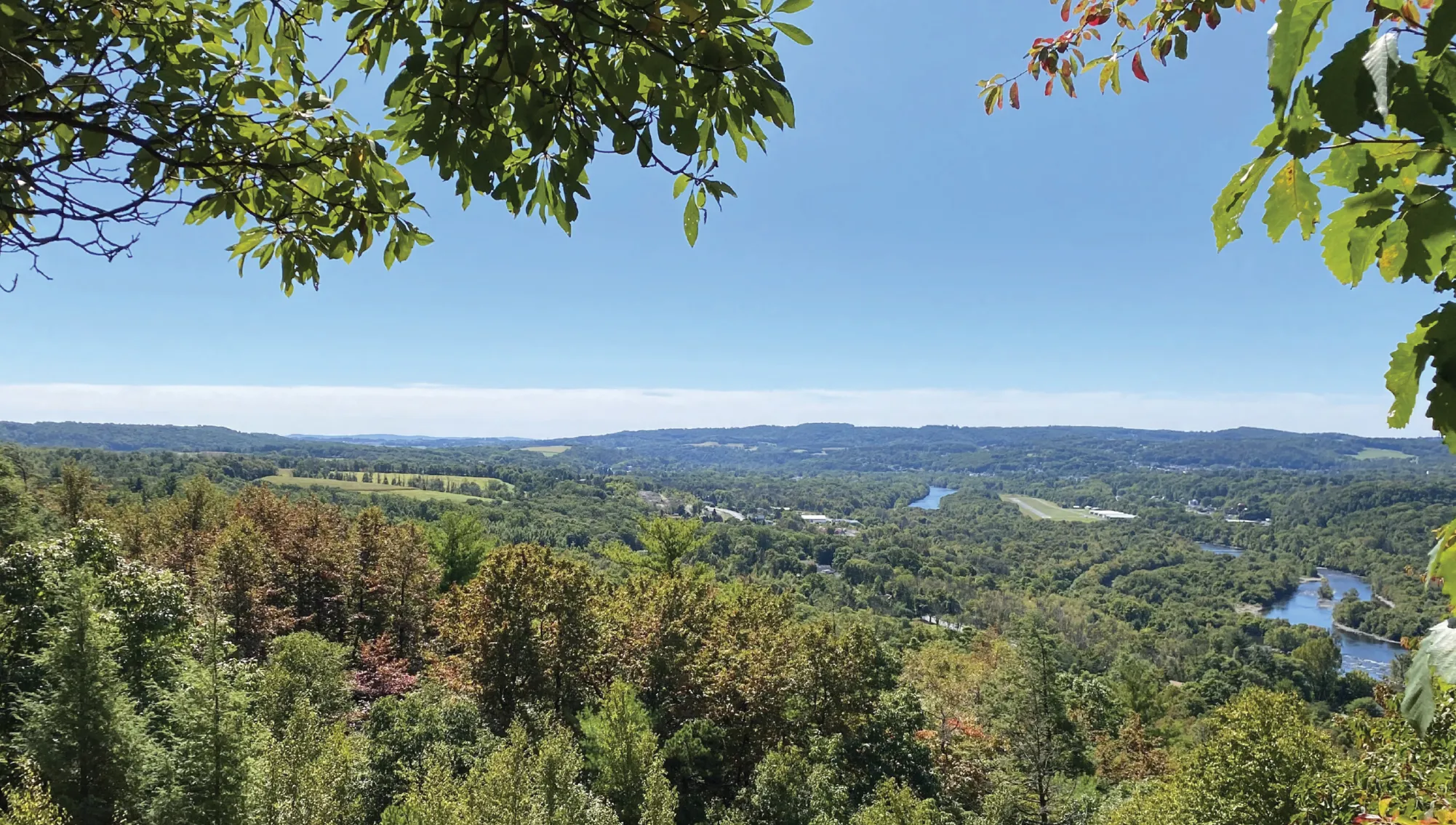
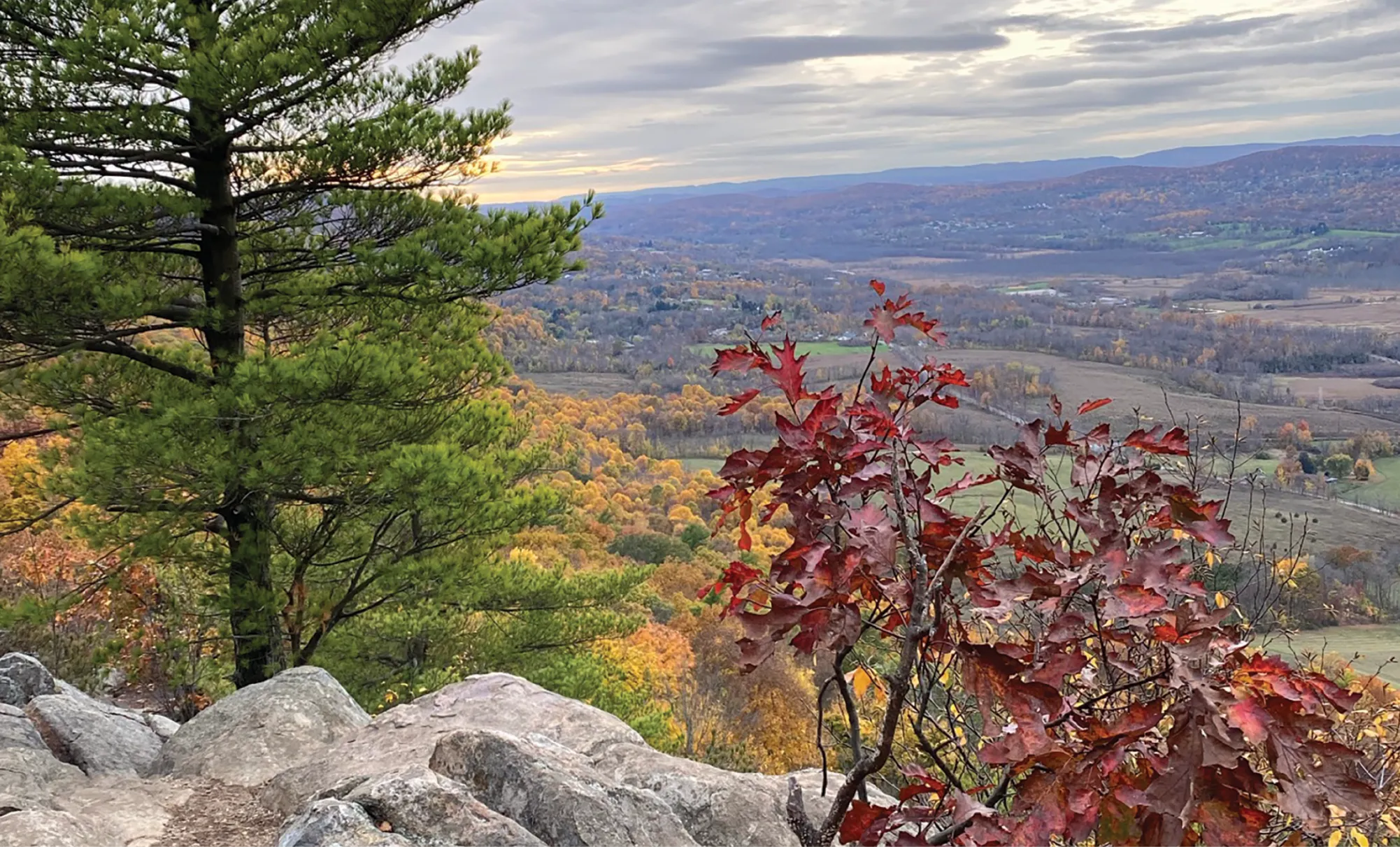
Max Olsen, the ATC’s Landscape Program Assistant, is coordinating the ATLP’s first regional program in the Northeast in response to this challenge. The goals of this pilot program are to examine the efficacy of regional ATLP models and to establish best practices for replication along the entire Trail. “There are a number of local land trusts and conservation nonprofits that are ready to be activated,” he says. “The Trail has an awesome history of being a grassroots entity that leads from the bottom up. It’s a natural fit for the ATC to embrace community-based regional models as a way to get the Trail’s landscape in front of a larger number of local audiences.”
To that end Katie Hess, the ATC’s Director of Pennsylvania Landscape Conservation, shares how the state’s significant investment and demonstrated success has laid the foundation for the ATLP, and has played a major role in the Partnership’s growth. “The process is key, it’s not just about the geography,” she says. “We’ve been doing this work in Pennsylvania since 2006 and are able to scale up methods and provide advice and expertise while respecting partners’ priorities and territories.”
Sustainable funding is also an ongoing challenge for the ATLP. The Wild East Action Fund is a flagship program of the ATC’s landscape conservation work. Initially seeded by a private funder, the Fund exhausted its resources several years ago. However, when funded, it allows grants to be made to the ATLP’s partners to conduct due diligence prior to presenting a parcel to the NPS, U.S. Forest Service, or private funder for acquisition. The Fund covers surveys, appraisals, legal fees, and planning to incentivize focused prioritization of conservation projects from Georgia to Maine. To date, the Wild East Action Fund has granted over $2 million to 90 projects, protecting over 88,000 acres across the A.T. Landscape. “The ATC’s goal is to make this a stable funding source and to open the Fund to another round of grantees,” says Ryan.

Brendan Mysliwiec, the ATC’s Director of Federal Policy stresses, “The underlying presumption of the ATLP is that it cannot be a purely governmental effort. It cannot only be the Park Service and the ATC making plans and driving development of this large landscape project. It’s finding how to include people, making sure everyone who is willing to contribute knows how to contribute, and that we are serving the community.”
Another benefit to local Trail communities is the power of the Partnership. “When a local community is going up against a developer or a corporation, we’re on the ground with them. They’re not alone,” Olsen explains.
Simon Rucker, Executive Director of the Maine Appalachian Land Trust, agrees. “By tying a conservation project to the A.T. you’re benefiting from greater visibility and greater funding opportunities,” he says. “It’s a people-powered network where we come together, work together, and learn from each other.”
To learn more about how you can support the Wild East Action Fund and the ATLP, contact [email protected]
To connect with an ATLP Coordinator, email [email protected]